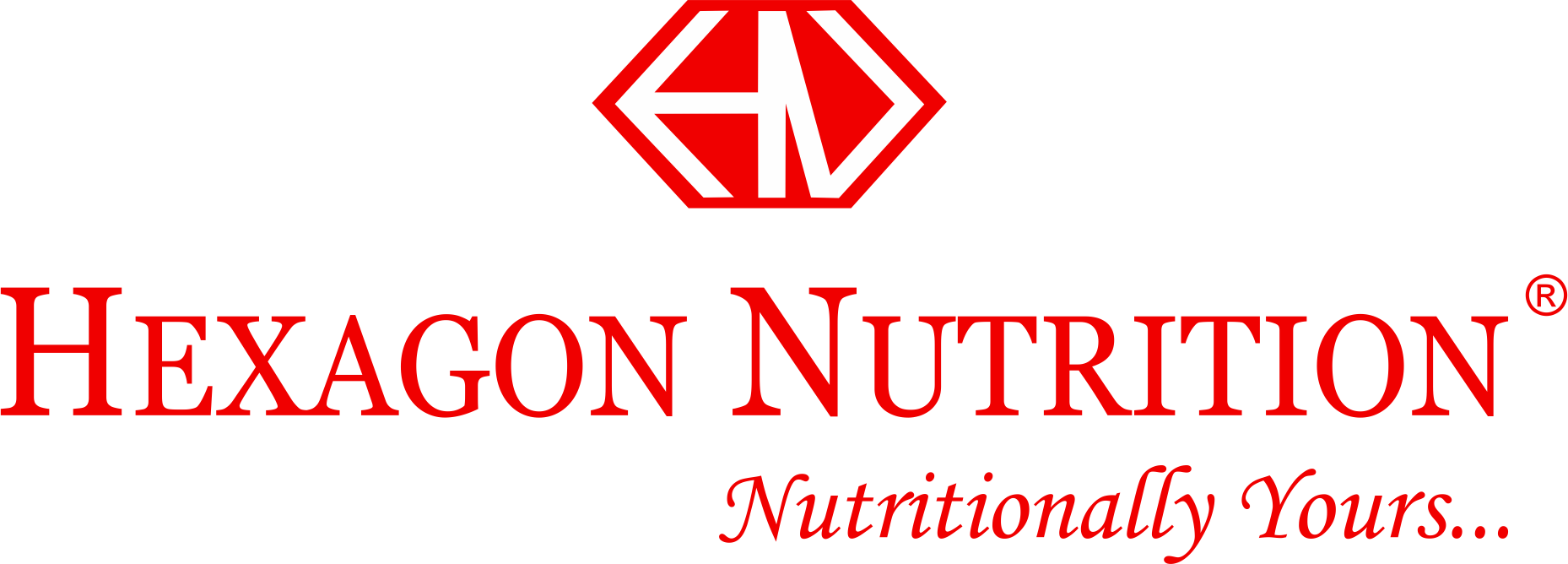The webinar explored a spectrum of perspectives on Food Fortification in the wake of the new normal.
After a warm welcome addressed by Prof. Dr. Jagdish Pai, Executive Director, PFNDAI to the esteemed speakers & panelists a brief introduction to the webinar kickstarted.
Prof. Dr. Jagdish Pai, Executive Director, PFNDAI set the context right by elaborating on Food Fortification. He said that due to the evolvement and drastic changes in our lifestyle fortifying foods more importantly with micronutrients is the need of the hour. Highlighting the endeavors of FSSAI he mentioned that. ‘’FSSAI has been doing a commendable job with Food Fortification. The new positioning of +F foods allows the industry to make their products more nutritious via Food Fortification by restoring the micronutrients that are lost in refined foods”.
Firstly, The videos showcased by Hexagon Nutrition on Food Fortification in this webinar were widely appreciated and loved by all. Furthermore, They were interesting, effective, and easy to understand.
Ms. Madhavi Trivedi, Sr. Associate Director, Nutrition & Sci. Affairs Kellogg AMEA spoke about the Role of Fortified Foods in India: Opportunities & Way Forward. Highlighting the global prevalence of hidden hunger which is 2 billion she shared that the impact of micronutrient deficiencies is huge and inadequacies lie across the lifespan. Furthermore, But the good news is that there are solutions in the form of food fortification to combat the monster of Hidden hunger.
She added, ‘’The disease burden caused by micronutrient deficiencies is substantial but is completely preventable. It’s a low-hanging fruit that just needs proper channelization and structure. The availability and acceptability of fortified foods can help address hidden hunger”. Factors such as quality, taste, food vehicle, and price of the fortified products play an important role in determining the success rate of the food fortification program, she further added.
Furthermore, Highlighting the challenges and opportunities in the Nutraceutical Industry during & post Pandemic
Mr. Arun Om Lal, Sr. Vice President, Hexagon Nutrition shared that the nutraceutical market comprises functional foods and beverages (80%) & Dietary Supplements respectively (20%). India is growing at a very accelerated rate and the demand for nutraceuticals is driven by 2 main factors, namely health benefits & lifestyle change. “Malnutrition status, awareness about nutraceuticals, changing dietary patterns, FSSAI food fortification regulations & increasing healthcare costs are the demand drivers.
Whereas strong economic growth, low cost of labor, easily availability of ingredients & strong distribution networks are the supply drivers that are transforming India into a global nutraceutical manufacturing hub. During the pandemic, to date, there has been a huge growth in the no. of users concerning healthy food and health-related activities, he added”.
However, He further shared his post-pandemic perspective by saying that, “Immunity-based products will have a continued demand post-pandemic as well with a special focus on innovative food applications such as yoga bars, coffee shots, gummies, bread spreads, meal replacement products, etc.”
Mr. Kannan B, Asst. Manager Regulatory & Sci. Affairs ITC Food Division shared his perspective on FSSAI Regulations on Fortification of Foods with special emphasis on Oil & Milk. Emphasizing the proven concept of food fortification globally he beautifully elaborated the general principles and standards on micronutrient compliance & fortification. However, He also elaborated on the general obligations specifically Quality Assurance, packaging, and labeling requirements.
Moreover, Addressing the food authorities he said that, ‘’Food authorities shall organize consistent public awareness sessions & campaigns, to educate & advocate benefits of fortified food and effect of malnutrition/hidden hunger. Laboratories & research institutions notified under the act to conduct the nutritional analysis for fortified foods should be equipped. Also, food authorities should advise and promote the use of fortified foods in Govt. funded programs on the distribution of fortified foods in cooperation with the concerned dept. of GOI/States & UTs’’, he further added.
He also elaborated on the key factors that will contribute to the success and sustenance of fortification programs. They are:
- Attractive incentivization to food industries who participate directly/indirectly in food fortification programs.
- Active participation of community-based FBOs in promoting fortified foods.
- Active involvement of the entire food supply chain at national and local levels.
- Provision for affordable and widely accessible testing facilities
- Effective legislation to ensure good quality and minimum staple cost to end consumer industry.
- Monitoring and evaluation at all levels to avoid overdosage & adulteration.
However, He concluded by highlighting that milk and oil are effective and better fortification vehicles. These 2 mediums are easily miscible, have minimal cost for process modification, and are easy to digest.
The Panel Discussion saw Dr. Jagdish Pai, Executive Director, PFNDAI moderate the panel discussion.
Similarly, On being asked by Dr. Jagdish Pai, Executive Director, PFNDAI as to what claims can be made when we add vitamins to milk and oils Dr. Prashant Bhat, Chief R&D Officer, Mother Dairy Fruits & Vegetables said that keeping in mind the claim perspective Vitamin A & D are great fortificants for milk and oils and mother dairy has been fortifying milk since 35 years. Since 2016 Mother dairy has been working very closely for the regulations to fortify milk.
Dr. R Govindrarajan, Head R&D, Zydus Wellness Ltd. shared insights on enteric coating nutrients and fortification. Elaborating on the same he said,” Since some nutrients are destroyed or damaged by the acidic environment of the stomach, it reduces the overall effectiveness of the supplement. Similarly, An enteric coating ensures these sensitive nutrients are not damaged and can be properly absorbed by your body.
Furthermore, The advantage of this approach is that all active ingredients arrive in the intestines intact and can be assimilated into the bloodstream. This results in a much higher vitamin and mineral absorption rate and a greater beneficial effect.” He also shared how to measure the bioavailability of nutrients added as fortificants. One of the common but expensive techniques used is radiolabeled zinc which can increase the bioavailability and efficacy of food fortification.
Dr. Jagdish Pai, Executive Director, PFNDAI also raised a very pertinent issue which was that in rice fortificationsimulated fortified rice is mixed with real whole rice, if mixing is not done properly while serving there will be variations in the number of nutrients for different people, so how can we overcome this problem? To this, Mr. Yogesh Vaidya, Head Contract Manufacturing, Britannia Industries Limited answered that the selection of equipment such as blenders and mixers is very important for the efficacy of the fortification. SOPs need to be in place at all points.
Moreover, On being asked how stable iodine is in iodized salt and does heat and oxidized agents cause losses over storage, he shared that the impact of heat and storage is there on iodine but when exposed to air the impurities set in very fast.
Ms. Geeta Parab, Sr Manager R&D, General Mills shared her views on the addition of fortificants at a higher level than the scientific standards given by FSSAI. She mentioned that the permissible limits set by FSSAI are basis a lot of research & development for the per capita consumption of that particular ingredient therefore we should not go beyond the set limits. Also, she emphasized that the F+ logo cannot be used if the nutrient is added beyond limits.
Lastly, The webinar saw a great engagement in terms of the Q&A session. Similarly, Many myths were demystified and a lot many speculations around toxicity and permissible limits of the food fortificants were discussed.



